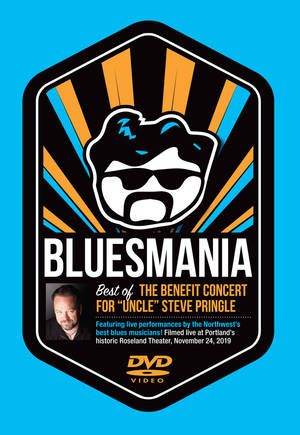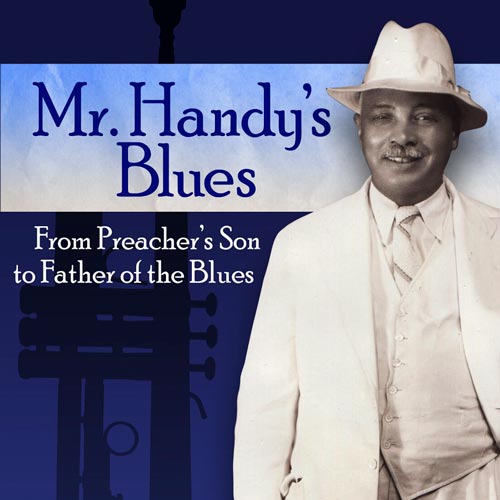
Bluesmania – Best of the Benefit Concert for “Uncle” Steve Pringle
Review by Greg Johnson
On November 24th, the Portland blues community came together to celebrate the life of beloved DJ Steve Pringle. The show, titled Bluesmania, was a benefit to help Steve and his family defray the cost of the cancer treatment…

Mr Handy’s Blues – From Preacher’s Son to Father of the Blues
By Randy Murphy
“History,” T. S. Eliot observed, “has many cunning passages, contrived corridors,” and effective biographical documentaries succeed in exploring those historical passages and corridors in a way that allow us not only…
